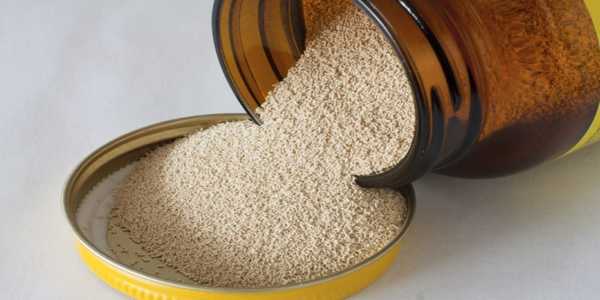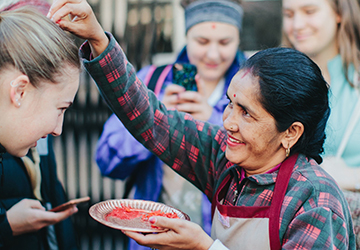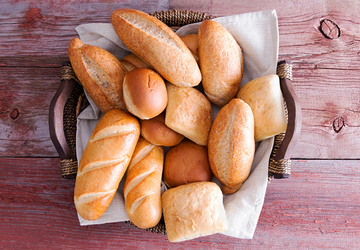Do you ever wonder why authentic Italian pizza tastes so different from the ones you make at home? The crispy-yet-chewy crust, the airy texture, and the rich flavor—there’s something special about the dough that makes Italian pizza stand out.
The secret isn’t just in the ingredients but in the technique. Whether you’re a home cook or just a pizza lover curious about what makes the real deal so good, you’re in the right place. Let’s break down everything you need to know about making authentic Italian pizza dough.
What Makes Italian Pizza Dough Unique?
Not all pizza dough is created equal. If you've ever tried making pizza at home and ended up with a tough or flavorless crust, you’re not alone. The magic of Italian pizza dough lies in a few key factors:
Flour Choice
Traditional Italian dough uses "00" flour, which is finely milled and gives the dough a soft yet strong structure. This results in the light, crispy texture that Neapolitan pizzas are famous for.
Fermentation Time
Italian pizza dough isn’t rushed. The long fermentation process (sometimes up to 72 hours) allows the yeast to develop deep flavors.
Water Ratio
Hydration levels play a crucial role in texture. Authentic recipes often use a high water percentage, leading to a light, airy crust.
Minimal Ingredients
The best Italian dough sticks to just four essentials: flour, water, salt, and yeast. No sugar, no oil—just simple, quality ingredients.
Now that you know what makes it special, let’s go deeper into the process.
The Ingredients: Keeping It Simple
To make the perfect Italian pizza dough, you don’t need fancy add-ins. Just get these basic ingredients:
Flour
"00" flour is the best, but you can substitute bread flour if needed.
Water
Filtered water is preferred to avoid any chemicals interfering with fermentation.
Yeast
Traditional recipes use fresh yeast, but active dry yeast or instant yeast works too.
Salt
Fine sea salt enhances the dough’s flavor.
That’s it! No sugar, no olive oil—just the essentials. Now, let’s get into how to make it.
Step-by-Step: How to Make Authentic Italian Pizza Dough
Start with the Right Flour
If you can find "00" flour, use it! It gives the dough elasticity, making it easy to stretch. If not, go with bread flour, which has a high protein content for a chewy texture.
Activate the Yeast
If using fresh yeast or active dry yeast, dissolve it in lukewarm water and let it sit for 5-10 minutes until it foams. If using instant yeast, you can mix it directly into the flour.

Mix and Knead the Dough
Combine flour and salt in a large bowl. Slowly pour in the water-yeast mixture while stirring. Once it starts to come together, knead the dough on a clean surface for about 10-15 minutes until smooth and elastic. The key is to develop the gluten for the perfect stretch.
Let It Rise—Slowly
Place the dough in a lightly floured bowl, cover it with a damp cloth, and let it rise at room temperature for at least 8 hours. For even better results, refrigerate it for up to 72 hours. This slow fermentation process enhances the flavor and texture.
Shape Your Pizza Base
When you’re ready to make pizza, gently stretch the dough instead of rolling it. This keeps the air pockets intact, leading to that signature airy, bubbly crust.

Cooking It Right: Traditional Italian Methods
Now that you have the perfect dough, how you bake it is just as important. Here’s what makes a difference:
Wood-Fired Oven vs. Home Oven
Italian pizzas are traditionally cooked in wood-fired ovens at extremely high temperatures (around 800°F). If you don’t have one, don’t worry. Preheat your home oven to the highest temperature possible (usually 500°F) and use a pizza stone to mimic the heat of a brick oven.
No Overloading on Toppings
Authentic Italian pizza is about balance. Keep it simple with high-quality tomato sauce, fresh mozzarella, and a drizzle of olive oil. Less is more!
The Quick Bake
Italian pizzas cook fast—usually in under 90 seconds in a wood-fired oven or 7-10 minutes in a home oven. A quick bake keeps the crust crispy on the outside and soft inside.
Common Mistakes to Avoid
Even if you follow all the steps, a few mistakes can ruin the dough. Watch out for these:
Using the wrong flour
All-purpose flour won’t give the same results as "00" or bread flour.
Not kneading enough
Under-kneading means weak gluten development, leading to a dense crust.
Skipping the slow rise
Rushing the fermentation process reduces flavor.
Overloading with toppings
Too much sauce and cheese make the dough soggy.
Tips to Take Your Pizza Dough to the Next Level
Now that you know the basics, here are a few extra tips to make your pizza even better:
Use a kitchen scale
Precise measurements ensure consistency every time.
Experiment with hydration levels
A higher water percentage (around 70%) leads to an airier crust, but it also makes the dough trickier to handle.
Try pre-fermentation
Using a poolish or biga (a pre-fermented mixture of flour, water, and yeast) can enhance flavor and texture.
Control the baking environment
If you don’t have a pizza stone, place an upside-down baking sheet in the oven to help retain heat.
Why Homemade Pizza Dough Is Worth the Effort
Sure, store-bought dough is convenient, but once you experience the difference of homemade Italian pizza dough, you’ll never look back. The crispy, airy texture and deep flavors just can’t be matched by pre-made doughs. Plus, making it yourself means you control the ingredients, avoiding unnecessary preservatives.
It’s also incredibly rewarding! There’s something special about pulling a homemade pizza from the oven, knowing you made the dough from scratch. Whether it’s a weekend treat or a weeknight dinner, homemade pizza is always a hit.
Bringing It All Together
Making authentic Italian pizza dough isn’t complicated—it just takes patience and the right ingredients. If you stick to the traditional methods, you’ll end up with a crust that’s crispy, airy, and full of flavor.
So next time you crave pizza, skip the takeout and try making it the Italian way. Once you've mastered the technique, you'll never go back!





